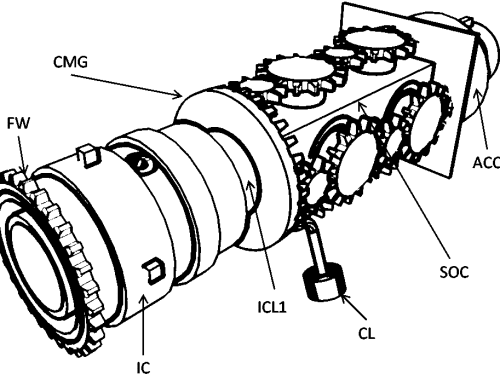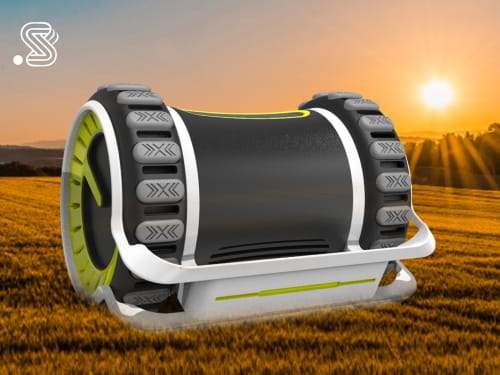2020
Automotive/Transportation
Wankel type rotary engine is endoskeletal engine epitrochoidal piston housing in which lubrication is a major challenge and central shaft is continuously under high temperature. Among many disadvantages there is loss of fuel during rotary flame propagation. through sectoral chambers. Compression ratio is also low.
Currently, by recovering the energy of the exhaust gases the advanced Internal Combustion Engines used in car racing have already managed to reach over 50% total effective efficiency (equal with fuel cell efficiency). However, in order to achieve this level of efficiency the engines have to use an external recovery system attached to the engine block.
What is proposed is a trailer with extra lithium batteries for electric SUV's to allow them to go to remote places where recharging would not be available.
Trailer to be equipped with batteries and necessary converter to extend EV range for SUV going off road
Alternately, for cross country travel, any EV could pull a trailer.
Elevators are a critical element of "last mile" transportation infrastructure in high population density environments whose carrying capacity is severely constrained by recent social distancing recommendations. The design presented here aims to mitigate this loss by employing a system of disinfected downward airflow to effectively reduce the social distancing length scale.
The Rotating Liner Engine is a design concept inspired by the WWII era Sleeve Valve Engines where the cylinder sleeve rotated and reciprocated in order to perform the valving on a 4 stroke engine (high BMEP aircraft engines).
The future transport system globally has to be MUCH more efficient and electric. RUF offers a new combination of rail and car technology developed in Denmark with Government support.
S.D.F. CAR is a fertilizer soil improving machine that can carbonize and decompose wheat and rice straw in real time.S.D.F. CAR can be connected to the rear of harvester to receive wheat and rice straw discharged after harvesting, carbonize wheat and rice straw into a soil improver through internal high-temperature electric furnace,
Technology protects cars from accidents on bridges and in intersections
Introduction:
The objective of this project to develop a system with a phone application using iBeacon and sensors technology to track the cars in (Bridge Interchange) and (intersection blind point) by warning the drivers through Bluetooth phone alarm.
Currently all commercial continuously variable transmissions (CVT’s) in the automotive industry function on a friction drive principle. This friction drive interface exists between two hardened smooth steel surfaces separated by a traction fluid film. Traction fluid has the unique property in that it solidifies under high pressure, typically between 1 to 4 GPa,
Page 8 of 11









